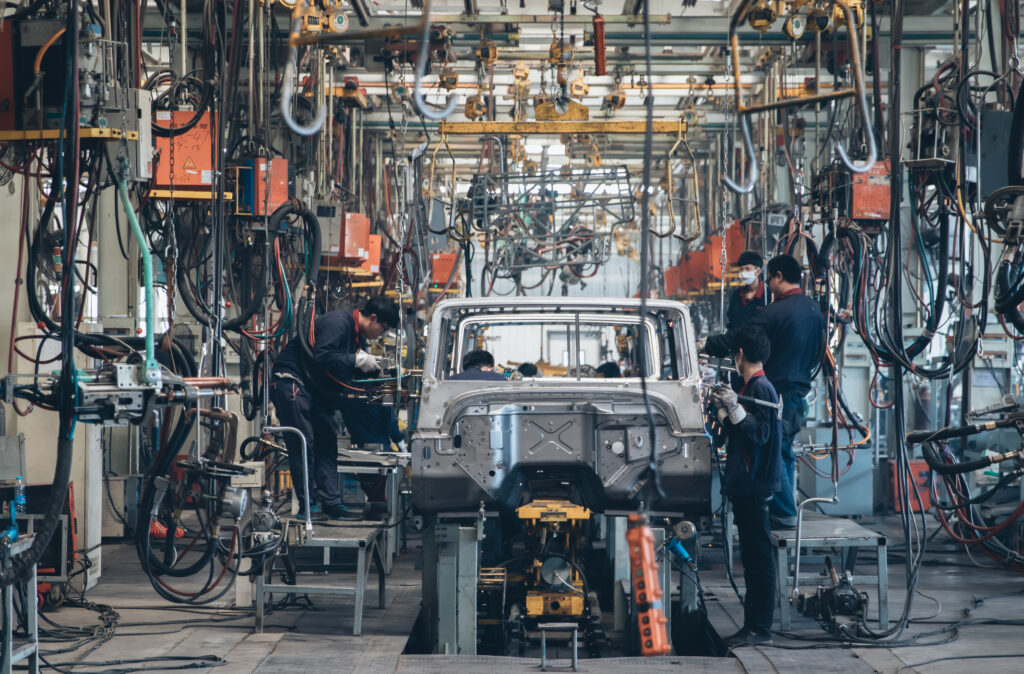
Don’t wait for China’s heavily subsidized car to arrive here, AAM President Scott Paul argues on a WITA panel. Be proactive!
China’s Xiaomi to start first EV deliveries this month, reports Reuters, on the smartphone manufacturer’s pivot to electric vehicle production. Tesla’s Chinese rival is launching more cheap EVs, reports Quartz, on the new BYD product that retails in China for the equivalent of approximately $12,500. Meanwhile, Nissan weighs EV partnership with Honda, reports Nikkei, on the two Japanese legacy automakers’ attempts to stay competitive in a market now full of Chinese EV manufacturers with the wind at their backs.
These are all stories published in the last 24 hours about the rapid emergence of the Chinese auto industry onto the global scene, and concern in the United States is growing about exposing American automakers in their home market to direct competition with heavily subsidized Chinese manufacturers. To wit: it was the topic of a panel discussion convened by the Washington International Trade Association (WITA) on Wednesday.
“China today has the capacity to build 40 million vehicles a year,” said Michael Dunne, an automotive industry consultant who focuses on Chinese EVs. “That’s equal to about half of global demand. (China’s) at-home sales are around 25 million. So they have 15 million units of annual excess (production) capacity, and starting in 2020 we saw exports jump from 1 million to more than 5 million last year, surpassing Japan and Germany for the first time.”
Dunne continued:
“There’s a pressure cooker at home. If they stay at home, there’s price wars. My friends in China, who run Chinese auto companies and suppliers, say there’s no money to be made at home anymore. ‘We have to find export markets.”
This growth, however, is not exactly market-generated.
“A lot of China’s demand-side subsidies are gone,” said Ilaria Mazzocco of the Center for Strategic and International Studies, a D.C. think tank, “but there have been significant supply side subsidies … and they are sometimes very hard to quantify, to be perfectly frank.”
She listed grants, tax credits, but also access to finance, free land transfers, public procurement contracting and government planning as other forms of benefits that have aided the Chinese auto industry’s rise.
“It is extremely difficult to disentangle exactly what has contributed to the current level of competition we see now, the type of prices the Chinese companies offer,” Mazzocco said. “It’s hard to say what exactly is due to state support and what is due to actual competitiveness.”
But those aren’t all the forms of government support, pointed out Alliance for American Manufacturing (AAM) President Scott Paul:
“The only things I’d add, in respect to subsidies or advantages, is that in addition to technology acquired through joint ventures and forced technology transfer, all of these Chinese automakers participate civil-military fusion and benefit from military research programs. And it has been well-documented that they have benefited from the use of forced labor in their supply chains as well.”
The solution, Paul argued, is to stop heavily subsidized Chinese auto imports before they arrive here.
“Most of the trade enforcement remedies that we have are very reactive. The damage has been done,” he said. “We’ve seen plants close down, market share loss, and drops in employment or profits. In this case, we argue it makes sense to get ahead of the game.”
He pointed to the policy recommendations listed in AAM’s recent Collision Course report, which details the threat posed by the rise of Chinese auto factories across the Mexican border:
“There are some existing tools we can sharpen, like the Uyghur Forced Labor Prevention Act. Sharpen some of the 301 measures. We argue for the reimplementation of an import surge mechanism that had been in place for China directly, and we also believe that as we look ahead to a USMCA review that we need to tighten up its rules of origin and also ensure they are enforced in a way that countries that aren’t party to the agreement aren’t beneficiaries.”
The Chinese auto industry is a force to be reckoned with, and that reckoning is only getting started in American public policy circles. You can find AAM’s report here, and watch the WITA panel discussion below:
